The latest iteration of the iPad Air stands tall over its Android rivals.
If you're looking for the best Android tablets, you will have to pick up something made by Samsung. The South Korean manufacturer is the only brand continuing to release Android tablets with any regular cadence, with Amazon catering to the budget segment with its Fire HD series that runs a forked version of Android.
Android tablets showed a lot of promise three years ago, with the likes of Xiaomi, ASUS, and Lenovo releasing a slate of models. But Google hasn't paid much attention to this category, and recent Android versions don't include any tablet-focused features. The move has soured other manufacturers to the form factor, and Samsung had to come up with workarounds to optimize apps for the tablet form factor.
While Google has effectively given up on the tablet segment, that isn't true of Apple. The iPad continues to be the default choice in the tablet category, and Apple introduced iPadOS last year with features tailored for large screen sizes. The OS picked up trackpad integration this year, paving the way for the iPad as a productivity workhorse.
I've always wanted to use an iPad because of the plethora of music production apps on iOS. I occasionally dabble in making music, and iOS has drum machines and synth plugins that are just not available on Android. So when the iPad Air 2020 came out a few months ago, and I got the chance to try it out, I was immediately excited.
The iPad Air is the middle child in Apple's tablet portfolio, and the 2020 model picks up a lot of features from the iPad Pro. It has a similar design with thin bezels, the latest A14 Bionic chipset, a vibrant screen, and exciting color options. I've used the iPad Air for just under two months now, and in that time, it has gotten more usage than my phone.
Apple iPad Air 2020
Bottom line: The iPad Air 2020 has the same design with thin bezels as the iPad Pro, and you get outstanding performance from the A14 Bionic chipset. The 10.9-inch display is stunning in day-to-day use, it charges over USB-C, and iPadOS has meaningful tablet-focused additions. This is the best all-around tablet you can buy today.
The Good
- Outstanding hardware
- Five years of updates
- Unmatched app ecosystem
- Vibrant screen with True Tone
- 20W fast charging over USB-C
The Bad
- 60Hz screen
- Average battery life
$599 at Amazon $600 at Best Buy ₹54,900 at Apple India
Apple iPad Air 2020 Design
From a design point of view, the iPad Air is nearly indistinguishable from the iPad Pro. The tablet has the same rounded-off edges, metal frame, and thin bezels. Coming in at 6.1mm and weighing 458g, it is relatively thin and light for a tablet. For context, the regular iPad with the 10.2-inch screen weighs 490g and is 7.5mm thick.
The iPad Air has the same design as the iPad Pro — and Touch ID makes a welcome return.
The aluminum chassis and the trim bezels make the iPad Air stand out from its predecessor. But the best addition with the tablet is the Touch ID module that's now housed in the power button at the top. Apple switched to Face ID with the iPad Pro, and the base iPad still has a home button below the screen that houses the Touch ID module.
So this is the first time we're seeing Touch ID baked into the power button on an iPad. Of course, Android manufacturers have been doing this for some time now, with the likes of the POCO F2 Pro featuring a side-mounted fingerprint reader that's built into the power button.
The Touch ID module makes it hassle-free to unlock the iPad Air, and like Android phones, all you need to do is put your finger on the sensor for just under a second. Touch ID is used for authentication and purchases on the App Store, and it is a welcome addition on the iPad Air.
There's a single 12MP camera at the back, a 7MP shooter at the front, and you'll find the volume rocker on the right side. The iPad Air has two speakers — down from the four you'd find on the iPad Pro — and the audio quality itself is astonishingly loud and detailed; I didn't have any issues when streaming videos on the device.
You'll find the charging port at the bottom, and in a refreshing change, the iPad Air has USB-C charging. The feature was previously limited to the iPad Pro, so it is good to see that the iPad Air also works with the universal charging format. If you already have USB-C chargers in your home, you should be able to use them with the iPad Air without any issues.
Finally, the iPad Air is available in exciting pastel colors. There's the standard Space Gray, Silver, and Rose Gold, and this year sees the introduction of Green and Blue. I got the blue model, and I like the finish quite a lot. Unlike the deep hues of the iPhone 12, the iPad colors are much more muted; but they look elegant nonetheless.
Apple iPad Air 2020 Display
Because of the shift to a new design with thinner bezels, the iPad Air features a larger 10.9-inch screen in the same form factor as its predecessor, which had a 10.2-inch screen. The panel itself has True Tone tech, P3 color gamut, full-screen lamination, and an anti-reflective coating — just like the iPad Pro.
The iPad Air doesn't have a 120Hz screen, but the panel itself is sublime.
The tablet uses a Liquid Retina LCD panel with a resolution of 2360 x 1640, and it has vibrant colors and excellent contrast levels. The only difference from the iPad Pro is that there's no 120Hz refresh rate here, with the tablet instead featuring a regular 60Hz screen.
I would normally have an issue with this — I use a phone with a 120Hz screen and a 144Hz monitor for work — but it wasn't a big deal on the iPad Air. iPadOS is very well optimized and fluid, and I didn't feel like I was missing out in this area. Of course, I haven't used an iPad with the 120Hz ProMotion panel, so I don't really have a frame of reference in this particular area.
But for my use case — which involves reading long-form articles and streaming videos — the 60Hz screen on the iPad Air proved to be perfectly adequate.
Apple iPad Air 2020 Performance
The iPad Air is the first Apple product powered by its latest 5nm A14 Bionic chipset. It is a six-core design with two performance-focused Firestorm cores and four Icestorm cores that kick in for most day-to-day tasks.
| Specs | Apple iPad Air 2020 |
|---|---|
| Software | iPadOS 14 |
| Display | 10.9-inch 60Hz True Tone LCD |
| Chipset | A14 Bionic |
| RAM | 4GB |
| Storage | 64GB/256GB |
| Rear Camera | 12MP ƒ/1.8 |
| Front Camera | 7MP ƒ/2.2 |
| Connectivity | Wi-Fi 6, BT 5.0 |
| Battery | 28.6Wh, 20W USB-C |
| Security | Touch ID |
| Colors | Silver, Space Gray, Rose Gold, Green Sky, Blue |
| Dimensions | 247.6 x 178.5 x 6.1 mm |
| Weight | 458g |
The result is a huge 40% increase in performance from the A12 Bionic that powered the 2019 model of the iPad Air. The node shift to 5nm allowed Apple to cram more transistors into the A14, and it ends up outmatching even the iPad Pro in single-core scores.
Essentially, all of this boils down to incredible performance in day-to-day use. The iPad Air obviously holds its own for mundane tasks like browsing the web or scrolling through social media, and it also handles demanding games without breaking a sweat.
It has more than enough power for multi-tasking, and when it comes to performance, you should not run into any issues whatsoever. There's no lag or sluggishness regardless of whatever I threw at the iPad Air, and it is great to see this level of performance from what is basically a really large phone.
The iPad Air is available in four configurations: the base 64GB Wi-Fi model costs $599, and you can pick up a 256GB variant for $720. You'll find the same storage options for the Wi-Fi + Cellular variant, and here you'll have to pay $720 for the 64GB model and $879 for the 256GB version.
The Wi-Fi + Cellular variant has a SIM card slot, and it also works with an eSIM provided your carrier offers the feature. You will need a dedicated data plan if you're picking up the cellular model, but if you see yourself using the iPad Air for on-the-go productivity, it makes sense to go this route.
The 7MP camera is great for video calls, but its positioning is far from ideal.
I've barely taken any photos with a phone — let alone a tablet — in 2020, but if you're interested in this particular area, the iPad Air has a 12MP camera at the back that takes decent enough shots. I have no frame of reference for camera quality on tablets, but I can confidently say that the 7MP front camera is great for video calls.
It is a far sight better than the camera that you'll find on most MacBooks, but my main issue with the camera is the orientation — it is located at the top when the tablet is in portrait mode, so when you turn it over, it's off to one side. Barring that shortcoming, it is a decent enough option and one that should make its way to MacBooks.
As for connectivity, the iPad Air comes with a Wi-Fi 6 modem, and you get Bluetooth 5.0. I didn't run into any connectivity issues and routinely saw over 400Mbit over Wi-Fi on a Gigabit plan.
The iPad Air has a 28.6Wh battery, and it averaged over eight hours of screen-on-time between charges. That's strictly average, and I would have liked to see better battery figures from the tablet. That said, the fact that it charges at 20W over USB-C makes things that much more convenient. It's great to see the iPad Air also get USB-C charging because it enables you to connect a USB-C hub and add accessories like a keyboard and mouse to the tablet.
Magic Keyboard
At $300, the Magic Keyboard costs half as much as the iPad Air itself, but after using it for nearly two months, I feel that the cost is justified. The keyboard case connects to the iPad Air via the Smart Connector magnetic pins at the back, and the hinged design lets you set up the ideal viewing angle.
The best part about the keyboard is the trackpad — using an iPad with a trackpad is a game-changer, and it made a huge difference in my daily use. The iPad Air is the ideal form factor for browsing the web, and using a trackpad was just easier when going through my news feed.
The keys are excellent for what you're getting here; they're backlit and have decent travel, and I wrote a decent number of posts entirely on the iPad Air over the last two months just because it was a delight to use the keyboard.
If there's just one accessory you pick up for the iPad Air, it should be the Magic Keyboard. But if you're reticent to plonk down $300 on a keyboard case, you'll find plenty of alternatives — our sister site iMore has rounded up the best iPad Air keyboard cases.
Apple Pencil
The iPad Air 2020 works with the second-gen Apple Pencil, and the stylus magnetically attaches to the side of the tablet. It charges wirelessly when it's attached to the tablet, so I didn't have to worry about charging the stylus on its own. My wife uses a 2018 iPad Pro with the first-gen Apple Pencil, and that particular stylus needs to be plugged into a Lightning port to charge.
Other than the hassle-free charging, the second-gen Apple Pencil has much better latency, and I used it more than I thought I would for taking notes and annotating documents.
Apple iPad Air 2020 Software
The biggest differentiator for the iPad is the software. As I stated in the introduction, Android tablets have languished over the last three years, while Apple solidified its dominance in this category.
iPadOS' app ecosystem continues to set iPads apart.
The iPad Air runs iPadOS 14 out of the box. It comes with a ton of tablet-focused tweaks, including hand-written note recognition, dynamic widgets, tweaks to the sidebar design for stock apps, a new floating search window, and new privacy tools.
The feature I ended up using the most was Scribble. It basically lets you write with the Apple Pencil and translate any hand-written words into text. The feature works in any text field, and it was astonishingly good at converting everything from numbers, names, and addresses to typed text.
You can also scratch out words to erase them and circle them to select the text — and it all works effortlessly. There's Smart Selection as well, which lets you select handwritten words pretty much the same way as typed text. Scribble is one of those features that you have to use to understand just how good it is, and it does make a difference if you like using the Apple Pencil to take notes.
One of the main reasons I was looking forward to using an iPad was music production. iOS is a great platform for music production in general, and over the last five years, the iPad has turned into the go-to portable device for making music on the go.
I was able to pick up my favorite drum machines and synth instruments and get started relatively easily, and the hardware on offer makes all the difference here. Music production software is resource-intensive, but I didn't run into any issues with the iPad Air.
You'll find Photoshop and other image editing or video editing software on the iPad, as well as utilities for digital artists, like Procreate. Oh, and there's also the fact that an iPad is a great conduit for Google services:
The software ecosystem with iPadOS is in stark contrast to Android and gives the iPad an unassailable edge in the tablet category.
Apple iPad Air 2020 The competition
If you're looking for an Android tablet right now, you will have to pick up Samsung's Galaxy Tab S7. The tablet is now selling for $549, or $50 less than the iPad Air. The Tab S7 has a gorgeous design backed by an 11-inch 120Hz screen, Snapdragon 865+ chipset, and 128GB of storage for the base model. But where it falls short is the software ecosystem: you just don't find enough well-optimized apps on Android, and that's a letdown.
Of course, if you want a 120Hz panel on an iPad, there is the iPad Pro. It is available for $770, and you get quad speakers along with Face ID. The iPad Pro has 128GB of storage as standard — double that of the iPad Air — and is the obvious alternative if you need a 120Hz display.
Apple iPad Air 2020 Should you buy?
You should buy this if ...
You need a powerful tablet
The iPad Air 2020 is a performance beast. It is rocking a 5nm A14 Bionic chipset that blazes through everyday tasks and the most demanding of games, and you will not see any slowdowns whatsoever. The hardware on offer here will hold its own even after several years of use.
You want a vibrant screen
The main reason for buying a tablet is the large screen real estate. The iPad Air has a 10.9-inch LCD panel with vibrant colors and excellent contrast levels, and the panel itself is identical to what you'd find on the costlier iPad Pro. True Tone tech automatically adjusts the brightness and color levels based on ambient lighting conditions, and it makes a lot of difference — particularly at night.
You're looking for great software features
Unlike Android tablets, iPadOS is optimized for the tablet form factor, and you'll find thousands of apps tailored for iPads. From image and video editing to music production, console-quality games, social media apps, and so much more, iPadOS has all the apps you're looking for, and they all work great on the iPad Air.
You should not buy this if ...
You want a 120Hz panel
The only feature missing from the iPad Air is a 120Hz panel. The high refresh rate is limited to the iPad Pro, but you're not missing out on too much on the iPad Air. iPadOS is optimized incredibly well for the hardware, and in day-to-day use, it is fluid.
While I bought a half-dozen iPads for the family over the course of the last decade (they make for a great gift), I never actually used one myself. That changed with the iPad Air 2020; after using the tablet for nearly two months, I'm convinced that this is the best overall tablet you can buy today.
The iPad Air 2020 has the same design as the iPad Pro, and with the 5nm A14 Bionic under the hood, you're getting one of the strongest hardware packages around. The 10.9-inch screen is vibrant, and True Tone tech makes a huge difference in day-to-day usage.
Then there's Wi-Fi 6, 20W USB-C charging, exciting color options, and Touch ID makes its return. Combine that with the best tablet operating system around and the fact that you'll get five years of updates, and the iPad Air 2020 is an easy recommendation.
Sure, the iPad Pro has a screen with a 120Hz refresh rate and two additional speakers, but it also costs $770 — nearly $200 more than the iPad Air. That doesn't make it an enticing value, and you can instead pick up the iPad Air and use the savings toward accessories.
Basically, the iPad Air is just as good as the iPad Pro, and it costs around $200 less. That makes it a standout value in 2020 and the best overall tablet you can buy right now.
Apple iPad Air 2020
Bottom line: The iPad Air 2020 ticks all the right boxes. It combines a vibrant 10.9-inch screen with the most powerful mobile chipset in the world, and you get standout software features in iPadOS. There's also USB-C charging, all-day battery life, and five years of guaranteed software updates, making this a great all-around pick.
from Android Central - Android Forums, News, Reviews, Help and Android Wallpapers https://ift.tt/382Y3fj
via IFTTT


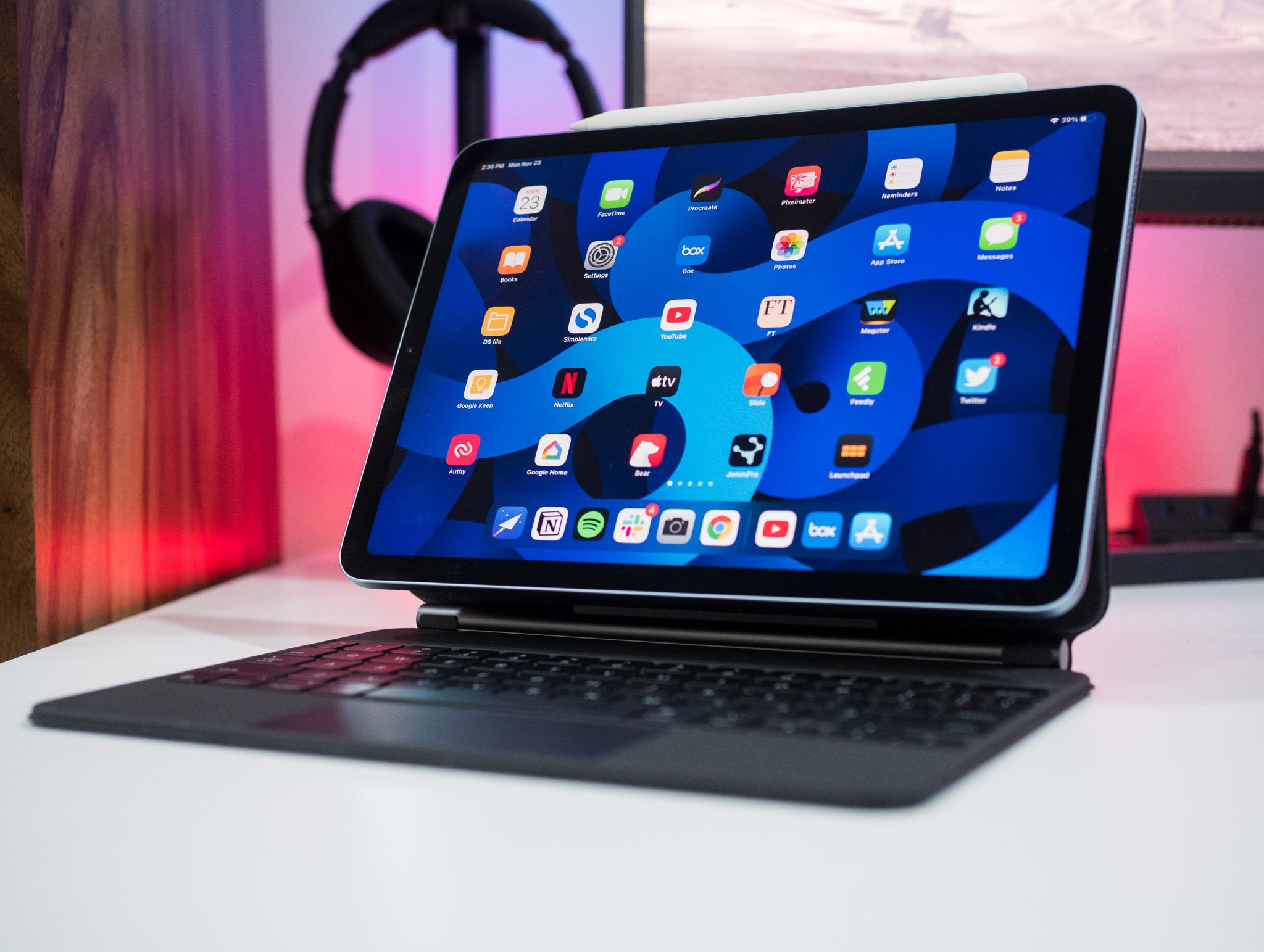
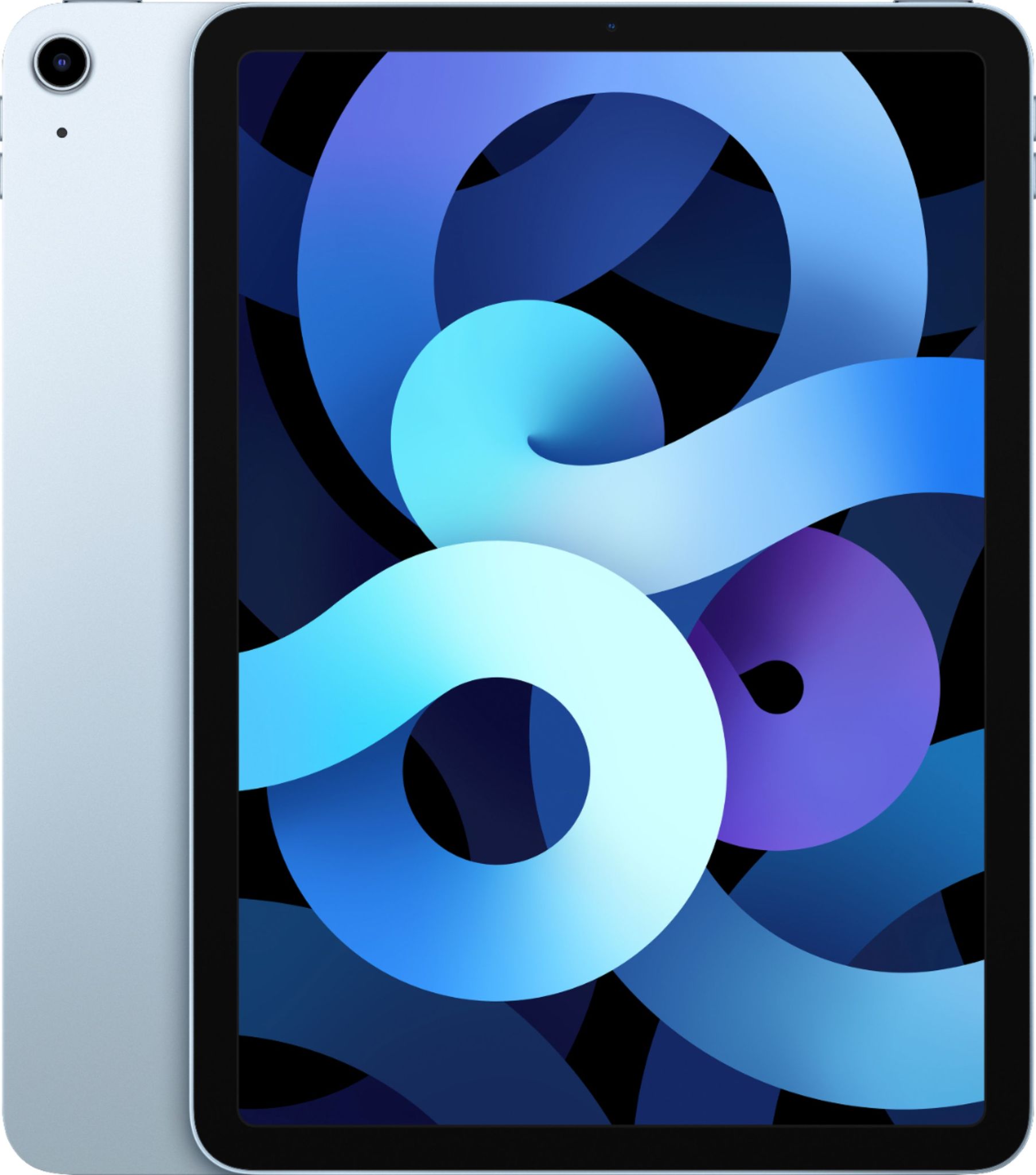
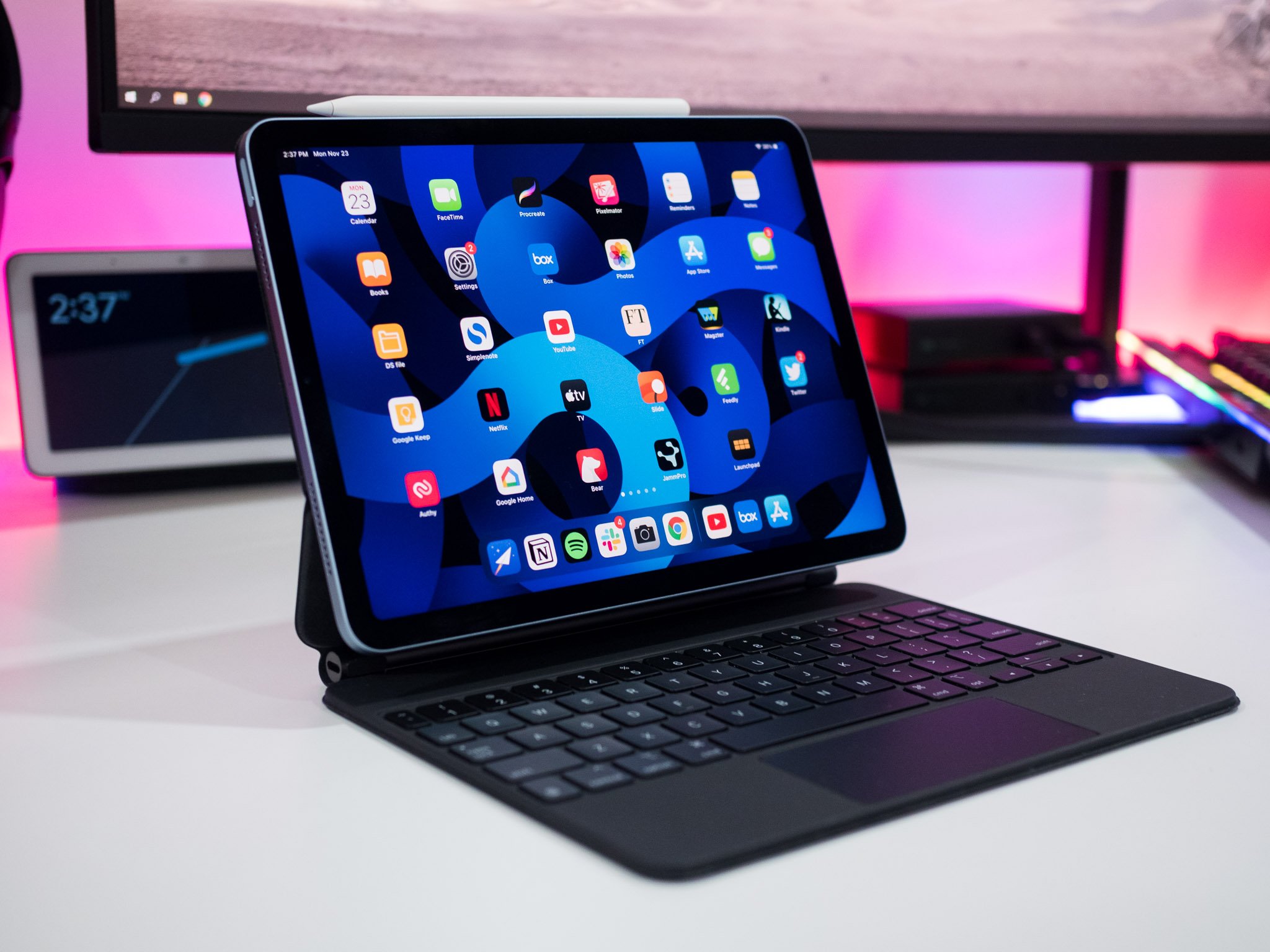
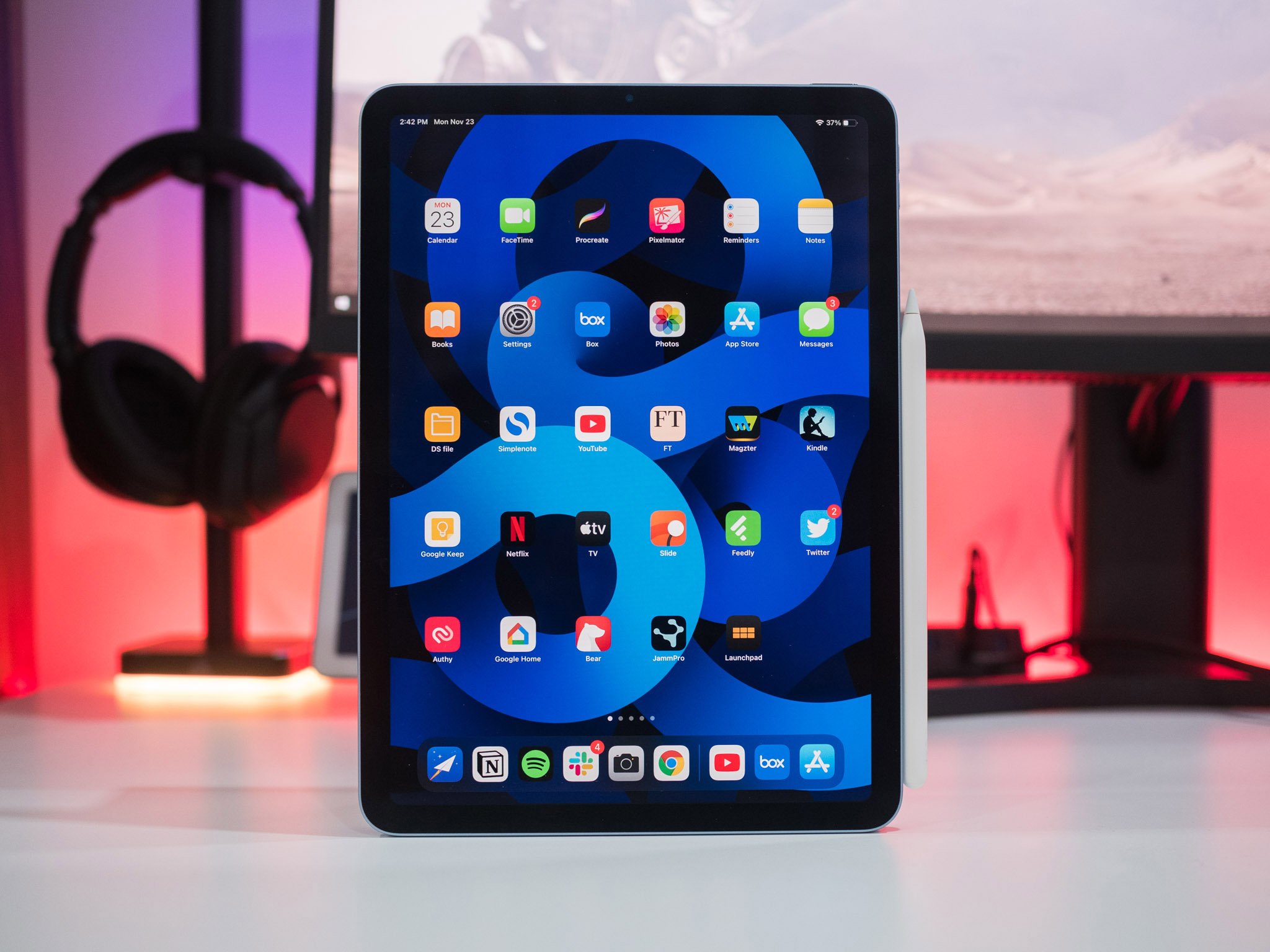
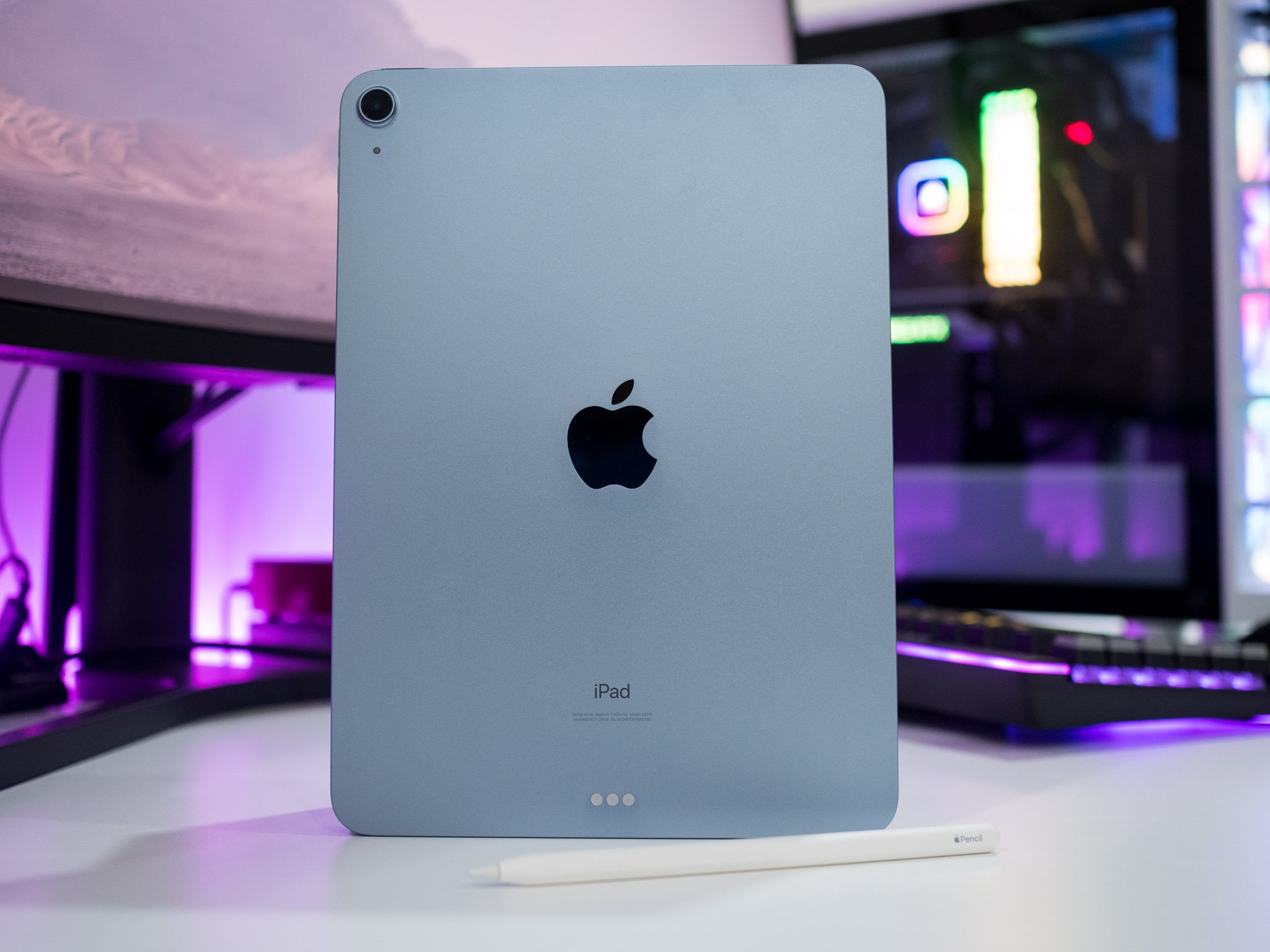
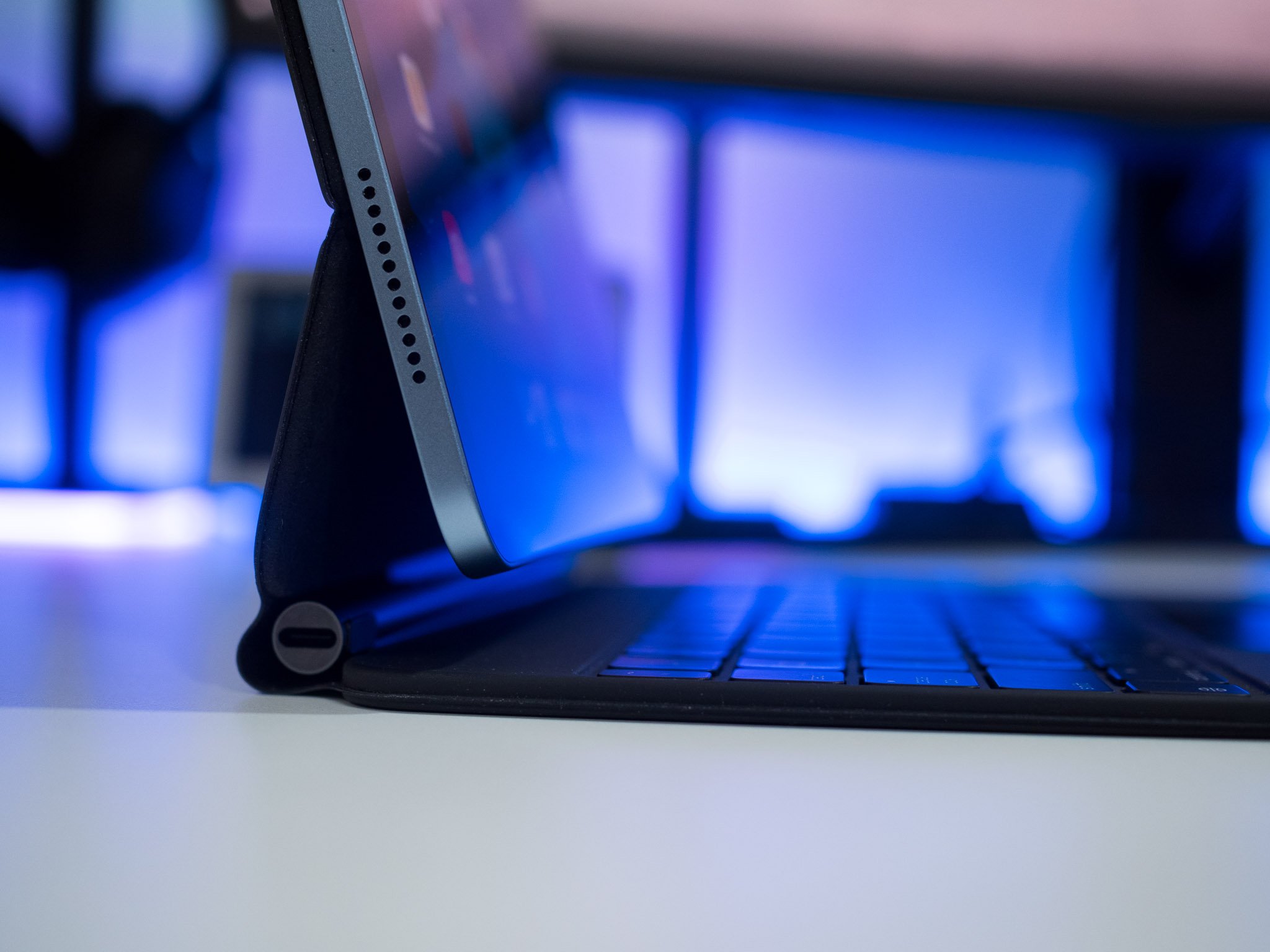
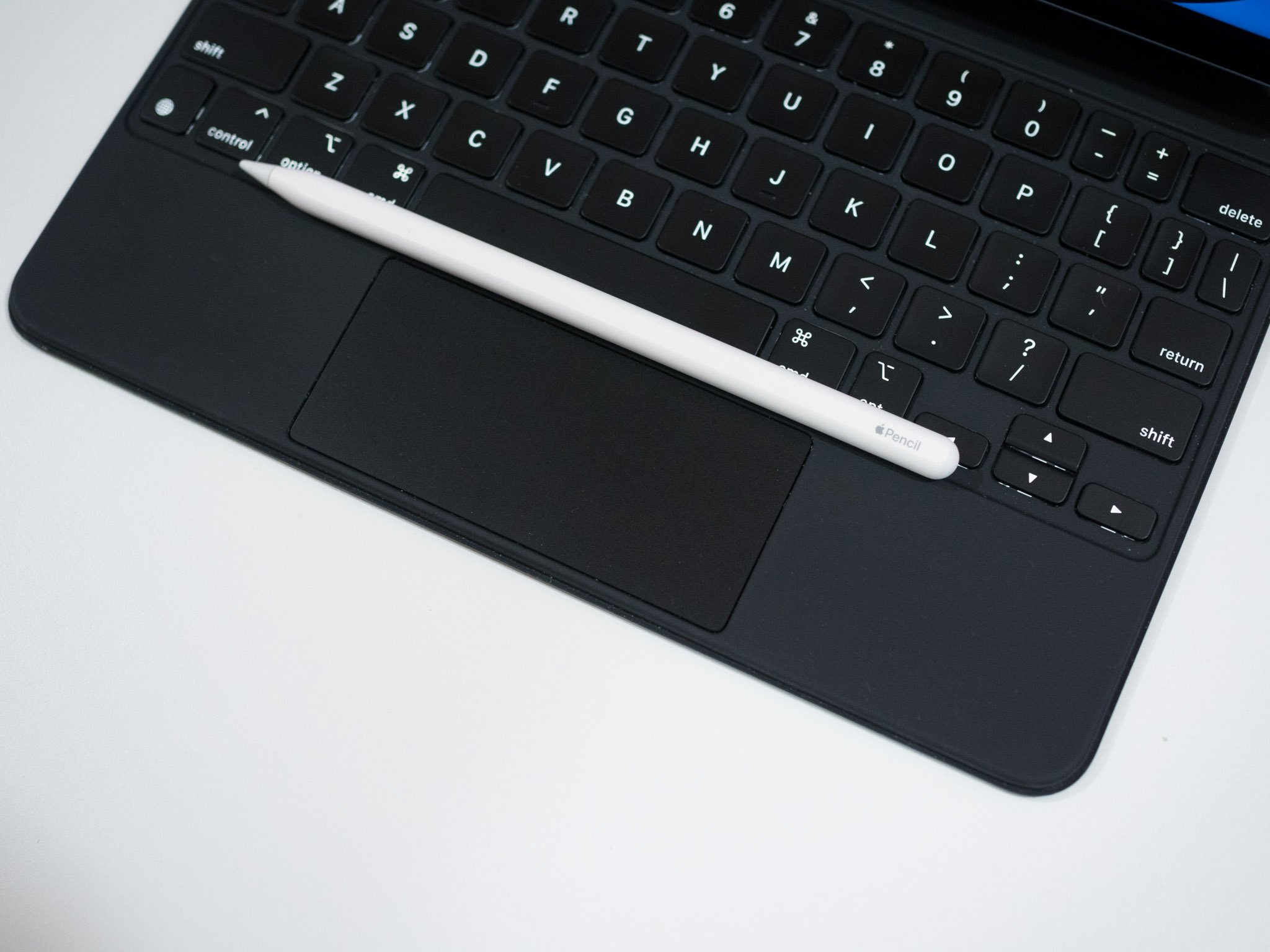
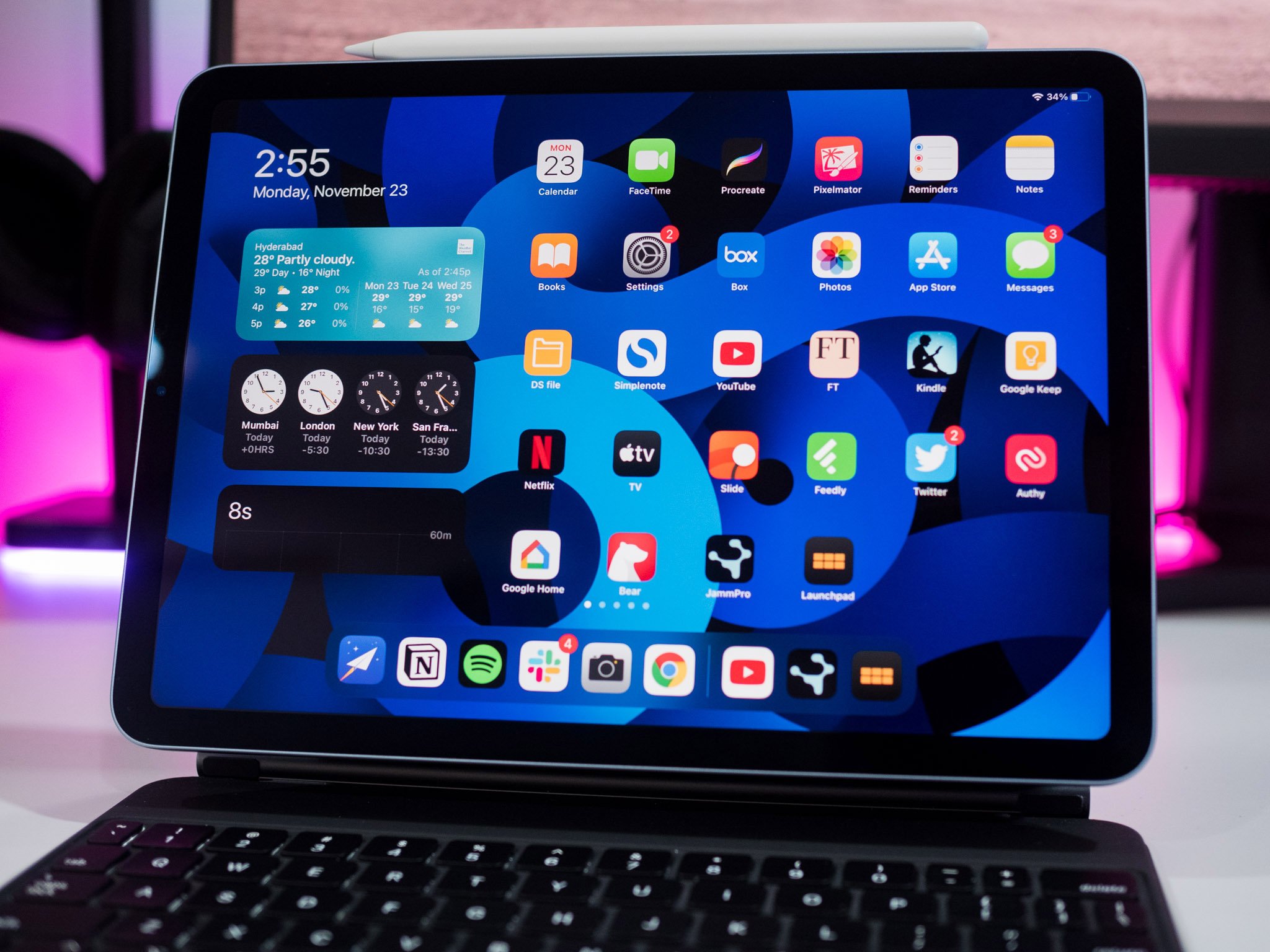
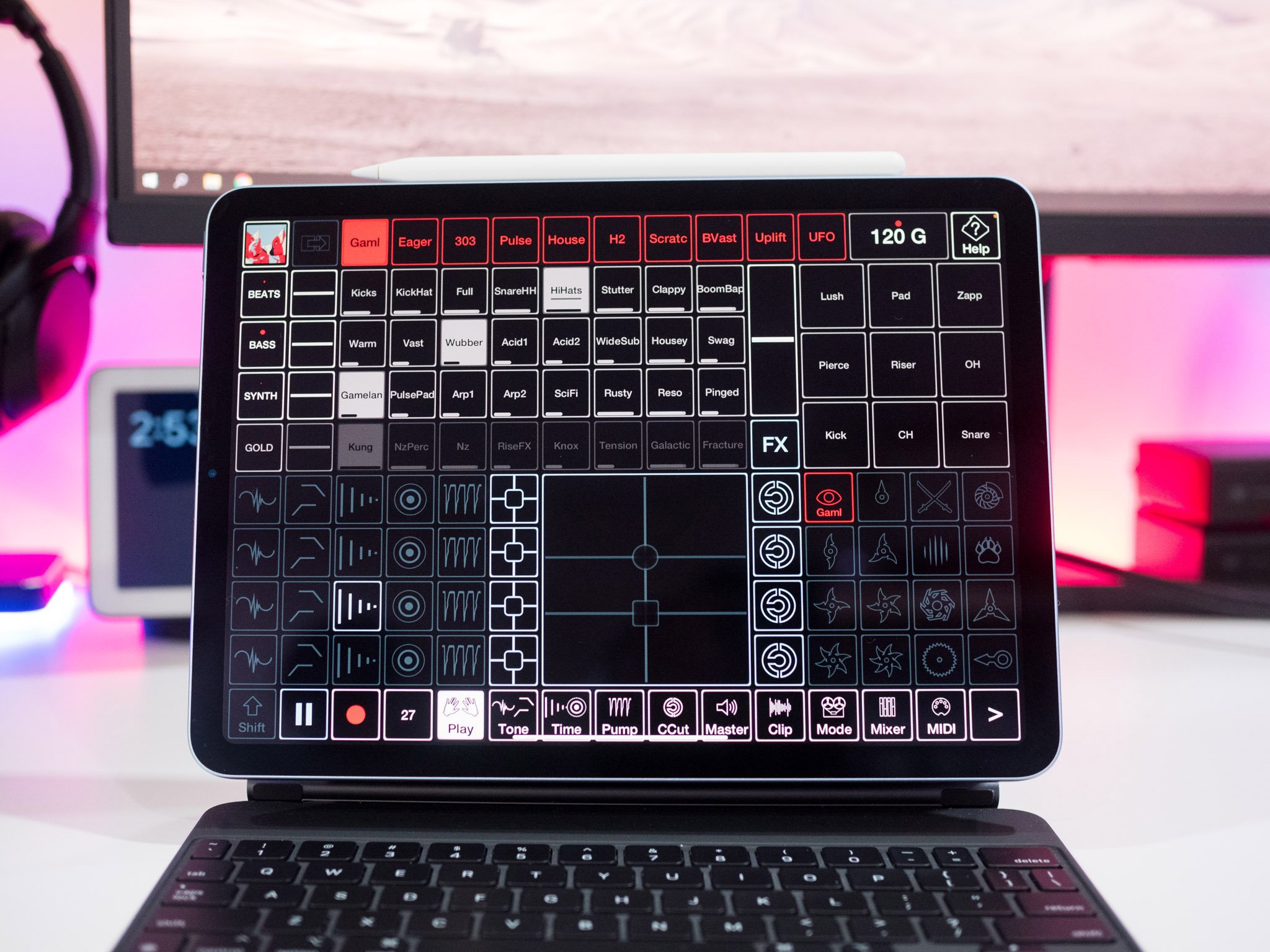
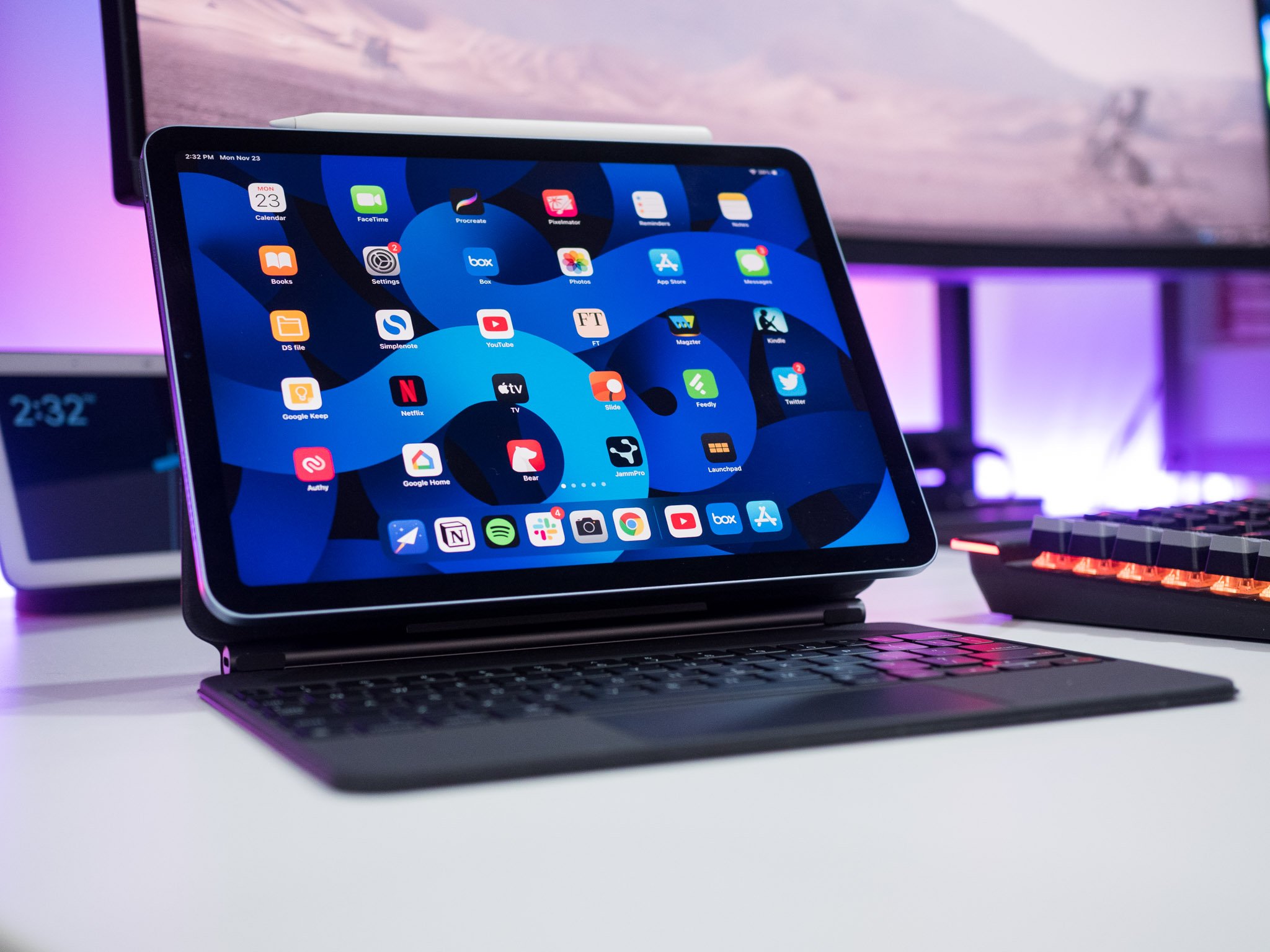
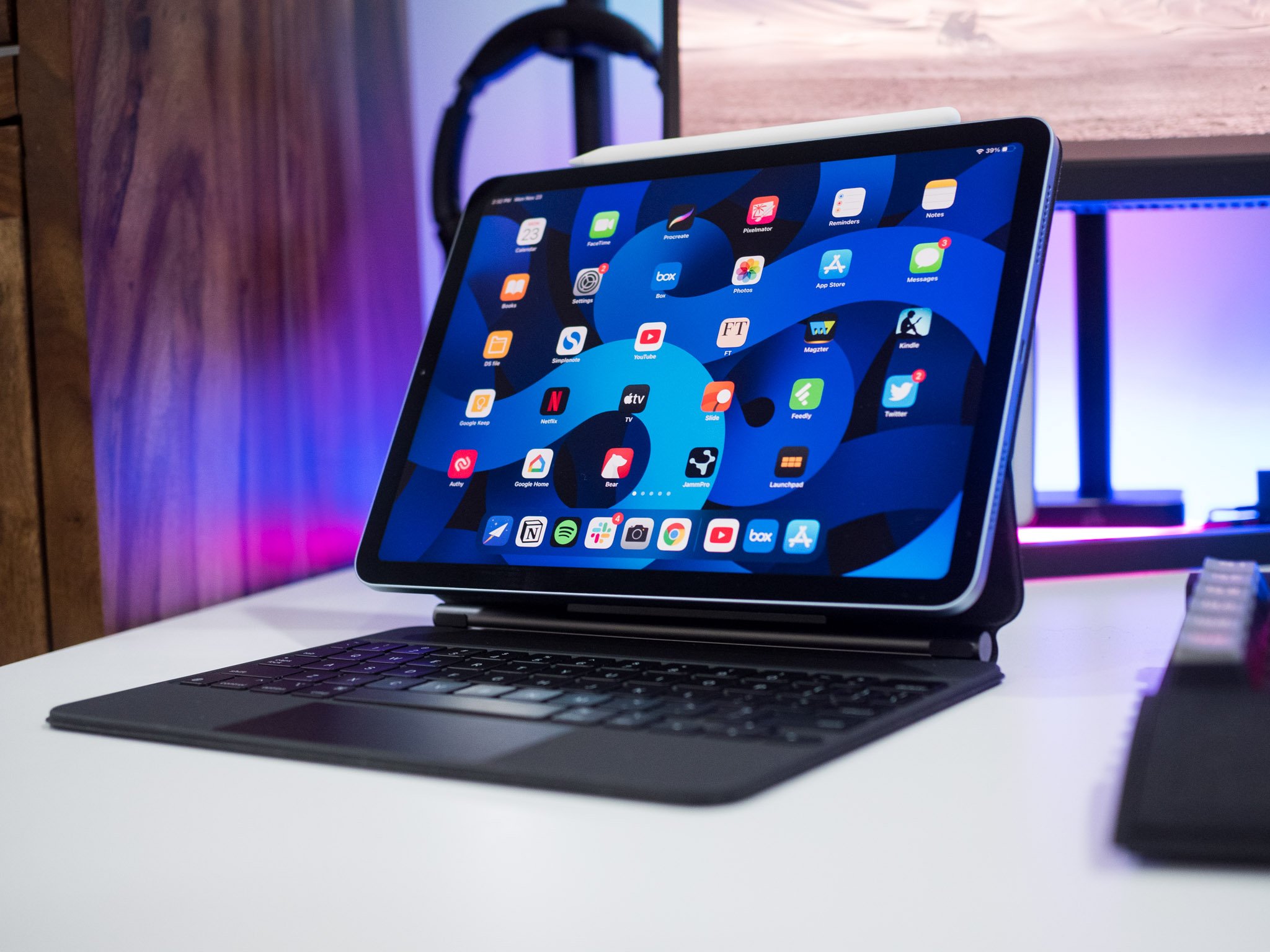
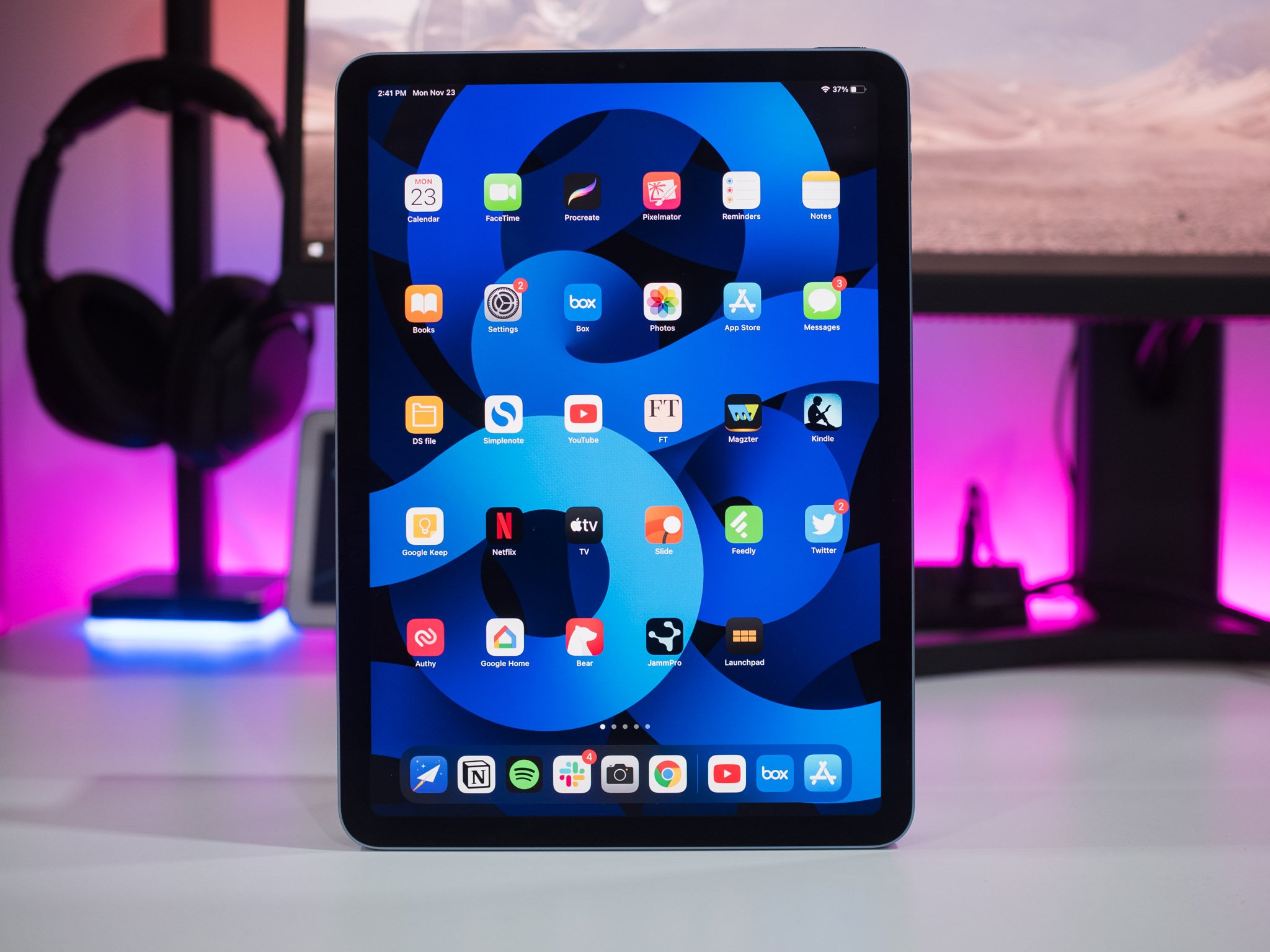

Aucun commentaire:
Enregistrer un commentaire